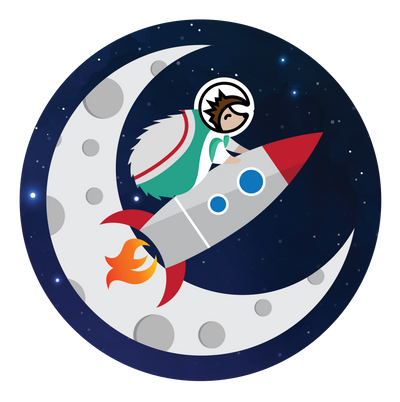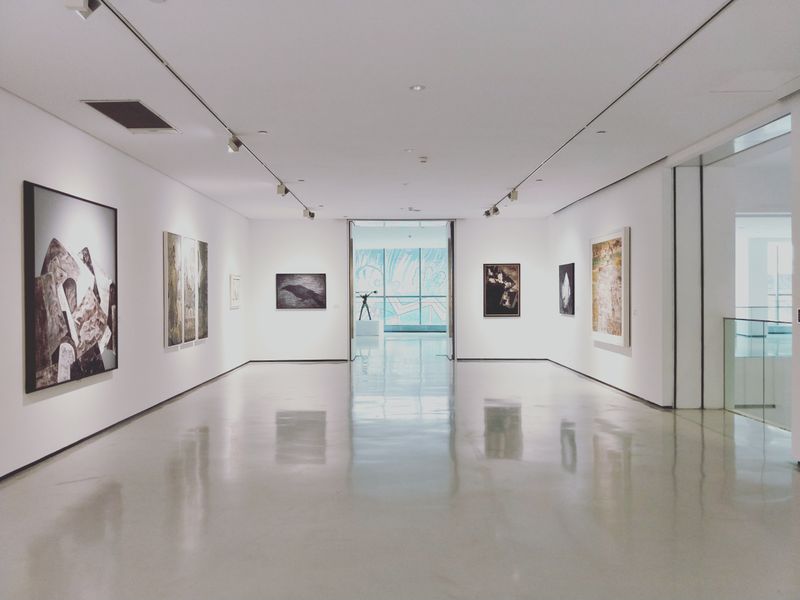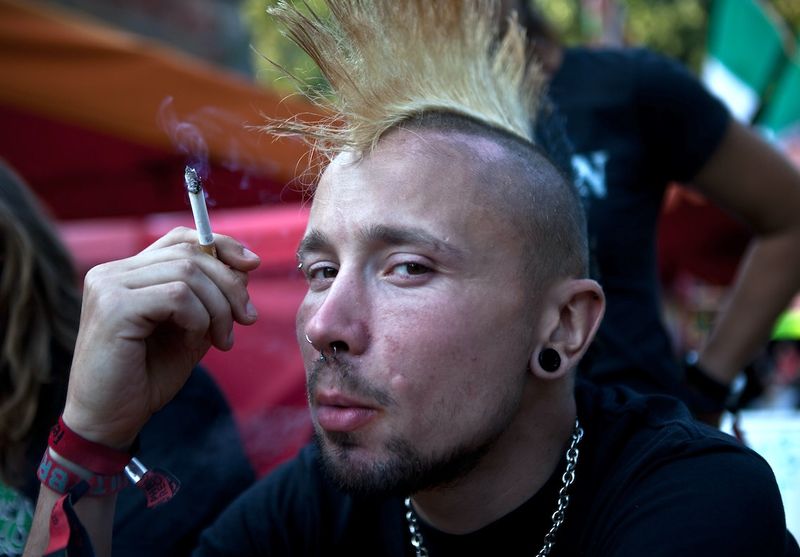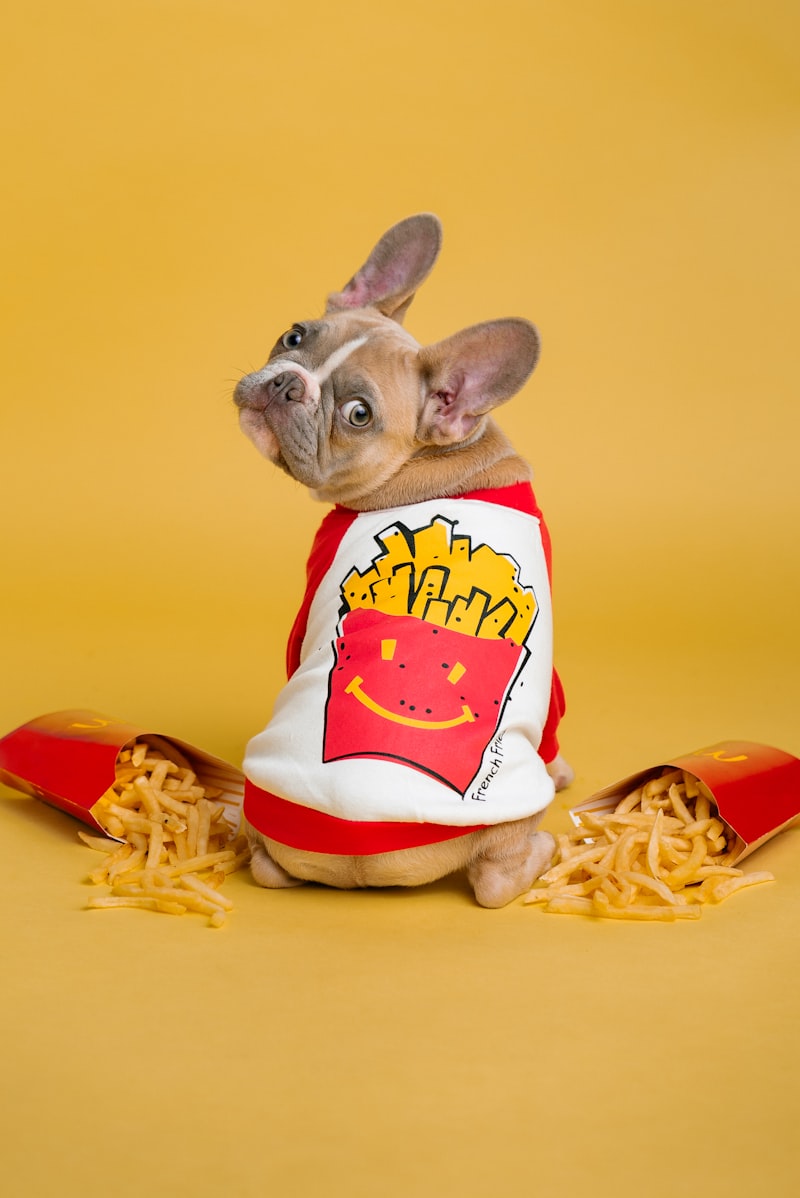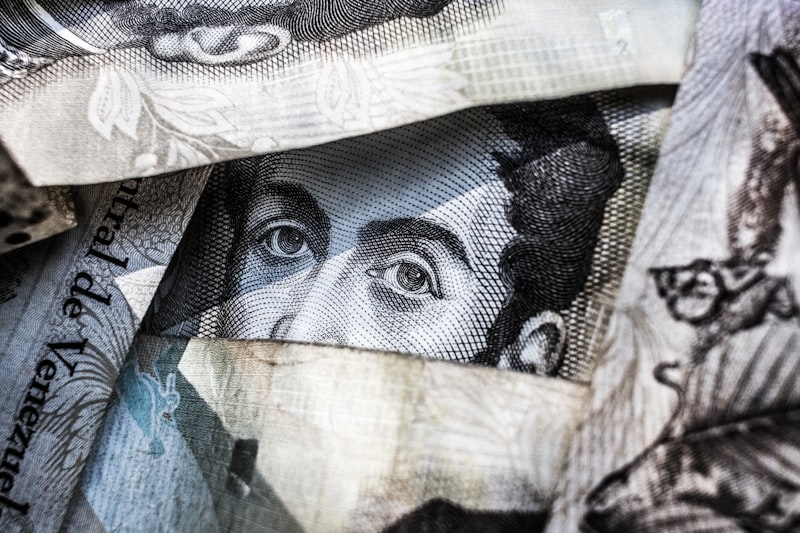James McGirk is the author of A Grand Theory of Everything and the cofounder of Lonely Rocks. In this article, he talks about the journey and thought process of how he and his cofounder built a completely decentralized art gallery.
Climbing the rungs of high culture can seem like an arbitrary process for an aspiring aesthete. Probably because it is one. Especially when you’re outside peering in. Great art does get made, but the way it happens seems out of reach for all but the most connected or charismatic folk.
Not with Web3.
My co-founder Benton C Bainbridge and I created Lonely ROCKS based on the premise that Web3 tools could be used to democratize the process that art is hoisted into the rarified world of museums and art fairs. We could give anyone a chance at showing in a top art space or at least give a little insight into the way that art ends up in a gallery or museum.
So, we created a decentralized art gallery. The premise is simple: Buy a Lonely ROCKS ICY NFT for $100 or the Chia (XCH) equivalent and become a “Patron,” a community member capable of nominating art and presenting it to a board of expert Curators or moving it up or down on a leaderboard during our voting period.
Think of it as American Idol for the NFT world.
Our grand debut will come during Miami Art Week 2022.
There are two shows planned — the first, is a corner booth at Untitled Art fair, a prestigious tent event staked on the sand on Miami Beach. Yes, this is where VIPs stroll past and dozens of galleries compete to become the next banana taped to the wall.
The second will be decided by our community and the funds we raise. It might not even happen during Miami Art Week.
What hangs on the walls of those two shows will be governed by a complex structure based on a decentralized autonomous organization (DAO). Or, to be more precise, because there’s nothing autonomous or even particularly decentralized about our organization—it’s a governance structure based on DAO tooling. DAOs work by distributing access to a common good, in our case, prime wall space.
Twelve pieces of work submitted to Lonely ROCKS will go to the Untitled Art fair. The rest will be shown in our second location (which could be virtual). If we can balance the incentives correctly we’ll be able to invite the world to contribute their work to an exclusive art world event without being drowned in garbage.
How The Gallery Started: The Backstory
Benton C Bainbridge and I met in an online digital storytelling community. He was an experienced media artist who had spent years building FEED — a digital archive that could preserve decades of multichannel artwork in the fidelity it deserves.
He was the first to introduce the idea of a non-fungible token (NFT) to Consensys.
“All I did was All I did was to point out to ConsenSys what Vitalik Buterin himself later acknowledged: a unique, indivisible token is essential for art provenance on the blockchain,” Bainbridge says.
Long before the ERC-721 framework defining an Ethereum NFT was ever introduced, Benton asked whether it would be possible for Ethereum to create a token with perfect provenance. Provenance is a piece of art’s history. This is more than documentation. Art’s value is contextual and accrues through history and transfers of ownership. It’s one reason why historic media art hasn’t netted as much at auction as more material objects have. With a blockchain connection, digital artwork could have all the paperwork and archival backing that painting and sculpture have had for centuries. A receipt, in other words.
They told him it was impossible. Ethereum wallets only tallied amounts, so generating a receipt would be difficult. They abandoned the idea. Eventually, Ethereum changed their minds and adopted what became the ERC-721 framework defining NFTs, but the research Benton had done for them, identifying strict state laws governing proper provenance was ignored.
Benton created a single NFT for an art gallery on a bespoke network in 2014, but hadn’t found a blockchain or a platform he trusted with his work since.
As for me, I’d been a starving artist scraping by rural Oklahoma for years and was beginning to experiment with tokenizing my work. I’d left academia and become an in-house writer for a Web3 research institute and had some disposable income that I could burn on Ethereum NFTs, mints and gas fees. It would have been impossible to do in Oklahoma.
Benton and I got to talking about DAOs and NFTs and decided to give it a try. Our goal was ambitious: we wanted to find a way to curate elite art without an elite institution.
The First Experiment: AloneTogetherDAO
Our first iteration of Lonely ROCKS was called AloneTogetherDAO. Next, we needed creative parameters — It was to be an art project after all.
Benton thought of a concept during the pandemic that seemed like it could work well with a crowdsourced project: Alone Together. The idea was that during the pandemic, we were all alone, but were experiencing the same fear and isolation together. Everyone was stuck at home — at times it almost felt like a form of communion.
There was a visual angle too. During the pandemic, we’d spent hours staring at each other’s flattened faces in Zoom meetings. It was a new way of seeing one another. After all, maybe it wasn’t an accident that the first wave of really expensive NFTs were being flaunted as profile pictures (PFPs) in digital communities.
We decided to curate a collection of self-portraits that explored this new form of digitally mediated intimacy. They poked fun at the gratuitous but glorious excess of Cryptopunks and Bored Ape Yacht Club, while glorifying the individual artist (We were: “Alone together, communing in self-aggrandizement”).
At first, we imagined a simple governance structure controlling a final collection of NFTs, where a group of artists would meet every month to curate an online show, each time donating a piece of work and inviting a new artist into the group to participate.
They’d own an equal share of the collection. The catch was that every decision made by the group would have to be unanimous. When we hit a stalemate the project would end and we’d dissolve the collection.
But this idea wasn’t enough exposure to the outside world, and rumor had it that the SEC was beginning to question whether tokenizing collections of NFTs was a violation of securities law. Besides, we wanted to be open to the public.
The name needed to change. AloneTogether was being used all over the place.
Lonely.Rocks & What We Stand For
A chance guess at an available DNS yielded Lonely.ROCKS. We liked it. What could be lonelier than asteroids in orbit?
The name was reminiscent of The Little Prince and the Lonely Planet and space invaders and early space race nostalgia. Benton created a graphic that looked like the starry monochrome backdrop from I Dream of Jeanie. We dug up vintage satellite photos and dug into the space theme.
By now, we agreed that we were Lonely.ROCKs, that we couldn’t collect and tokenize art, and we were open to the public, and that our mission was to pry open the black box of culture-making. We had to redesign our basic mechanism.
There were serious governance issues to contend with. Spam was a big concern. If you allow unfettered access to a public good, people will take advantage of it–a phenomenon known as the Tragedy of the Commons.
We also wanted to avoid mob rule. Art is all about individual aesthetics and curation is all new ways of seeing and seeking the strange and beautiful and pushing against the democratic impulse. We liked elite art — we simply didn’t like the elite institutions that were required to generate it.
Lonely.Rocks Ethos: Inclusivity Yet Exclusivity
We settled on a bicameral government. There would be a Curator House of handpicked curators whose taste we trusted digging through submissions submitted by a group that was open to the public. Second would be the Patron House, which anyone could join, provided they were willing to pay a fee for membership in the project. The fee would limit the number of submissions and encourage the Patron House to care about the decision they were making.
On paper, we thought of it as a fat funnel, one that would maximize novelty by allowing anyone to come in, but there would be a narrow spout, that only twelve pieces would be able to squeeze through to the Curator’s exhibition at Untitled Art fair. That would preserve our Curator House’s idiosyncratic, aesthetic vision.
We thought of it as a way to maximize both quality and novelty. To ensure that our Patrons whose work didn’t make the final cut for Untitled, we decided to host a second exhibition based on a show that Benton had curated at the Lincoln Center, where he showed every single submission to a film contest on a video jukebox.
To generate revenue to run the project we settled on a membership-based model, offering three levels of membership.
For a nominal fee, you could enter our Discord and sit on the sidelines and look at which artists or styles were the most popular with the Patrons (which could be a valuable feed of information). That was the first level, the second would allow you to nominate a piece of artwork.
But we also wanted to encourage people who didn’t have work to have a say, so we also created a leaderboard, which would allow Patrons to use their nominating vote to move a piece higher and make it more likely to be noticed by the Curators.
Finally, we also gave bulk buyers a small discount. Buying ten nominations at once gave you 12 for the price of ten plus a plus one to our events.
Bringing The Pieces of The Gallery Together
We found a technical partner — Perpetual Art — who was building an NFT marketplace on the Chia blockchain. Benton knew Chia from his digital archiving project and in discussions with Richard Tsao, Chia’s senior business development vice president, Benton had helped shape Chia’s vision for NFTs.
We liked their approach to royalties, in that they were independent of platforms (a big issue with Ethereum). Their fees were low, their hard-drive-based consensus mechanism was environmentally gentle, and they had a feature called “Offers” that let two parties transact without a dApp in-between. It was a match.
As we began interacting with the Chia community, we recognized something was missing from our own project. The simple voting mechanism we had created wasn’t enough. We were building the equivalent of a parliamentary government without a place to gather or anything to squabble over.
Art requires context. To make art, you need a discourse community; people need to learn about art and hash it out amongst themselves and place it in and out of context.
We needed to build a community. It was the final ingredient for what we’d begun calling our curation primitives: by maximizing quality, novelty, and our final ingredient – play – we hoped we could perfect the curation process. Using this process, together we could curate a collection of excellent self-portraits without the backing of an elite institution.
Things were looking up. We landed an exciting roster of curators and our application for a booth at Untitled Art fair was accepted. Then, the crypto market crashed. The NFT boom seemed over.
Aftermath of the Crypto Crash
Our show had to go on. We relaxed with our Curators in the Caruso Suite and pondered our next move.
At NFTCove’s suggestion, we pushed back our launch date. That gave us time to test our marketplace and tweak our website. We developed a more dynamic voting system that would allow us to record onto the blockchain.
The idea was to have a short nomination period for the work and a longer voting period, with a series of voting rounds, where people could rebalance their votes as the deadline approached. It was gamification for what we hoped was a noble cause: getting people to talk and care about fine art.
Our soft launch was on August 1st. Friends and family managed to understand the system although our technical team couldn’t quite get the marketplace to work with my mother’s 2012 vintage version of Safari (her Firefox actually worked.) A last-minute switch to a more crypto-friendly payment provider helped smooth over the remaining kinks, fiat-wise.
Our friends and family sales were good. Our Twitter and Discord are slowly growing. We probably have the only Discord server with an average user age of over 45. We’re cautiously optimistic.
The official launch date is now scheduled for the day after Labor Day, the unofficial beginning of the New York art season when all of the artists, museums, critics, and gallerists return from a month-long hibernation in the Hamptons. We’ve used the time to tweak our website, help our tech partners build the leaderboard, and planned a marketing strategy.
Eventually, we would like to decentralize completely. For now, the thought of exiting to community and handing the keys over to DAO would be difficult. Partly because we don’t yet have the critical mass for the community to run itself. Partly because we’ve set up a taxation structure and have various agreements and obligations that would be difficult to unwind and set free.
September ticks closer. Miami Beach is bearing down on us. We’re excited to see what lonely rocks wash ashore.

